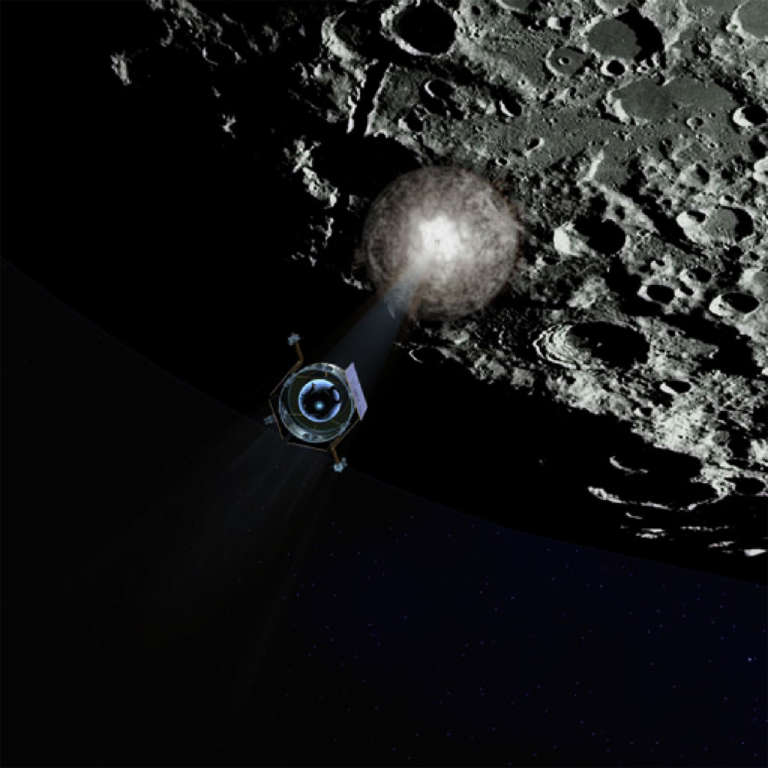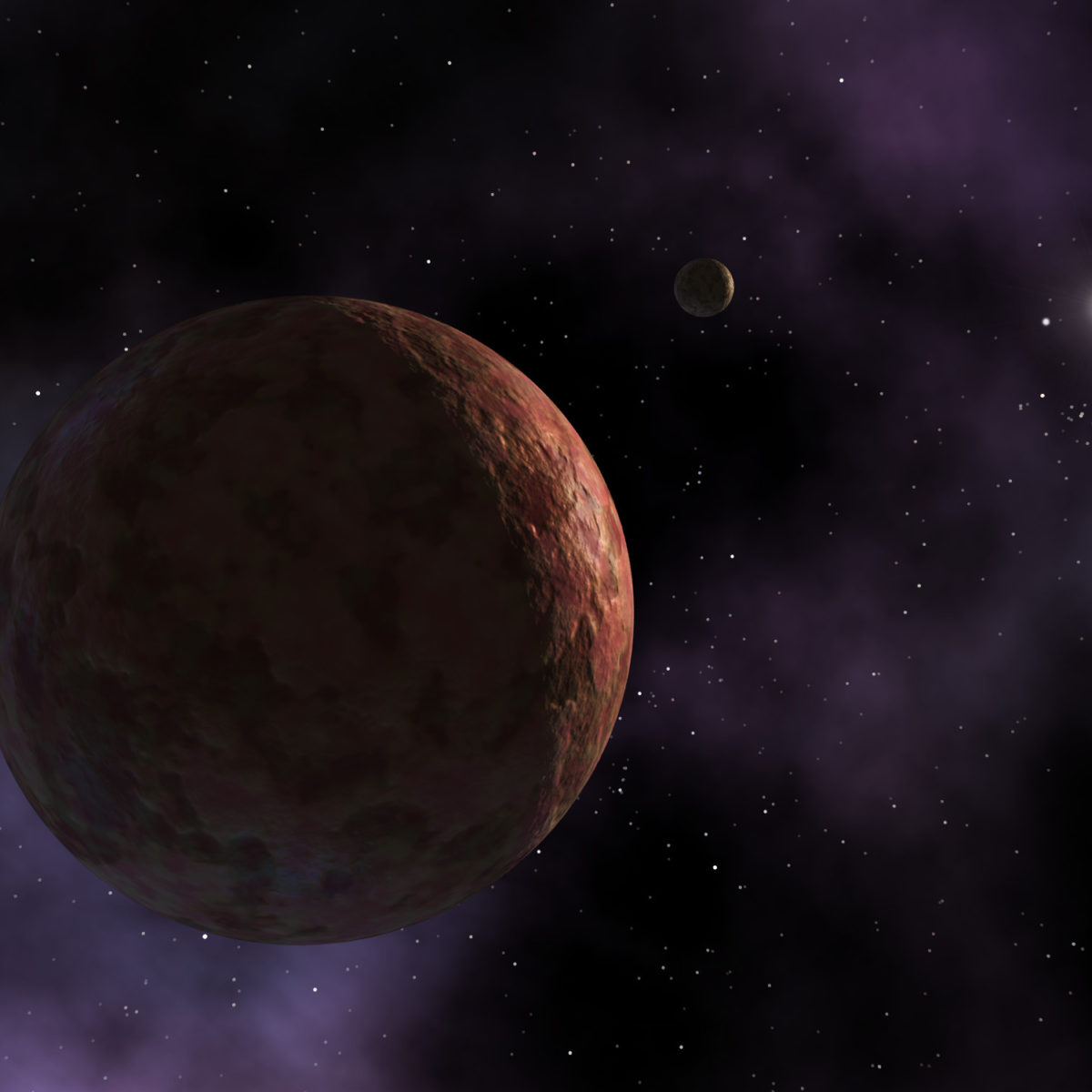All
All
Stories, updates, insights, and original analysis from The Planetary Society.
Video from Palomar Observatory on LCROSS impact night
The Palomar Observatory adaptive optics image of the crater Cabeus remains the best I've seen from ground-based telescopes of the LCROSS impact site.
Palomar image of crater Cabeus after LCROSS impact
Here's the sharpest optical image shown today of the Moon, from Palomar Observatory.
MMT image of the plume and its shadow?
I am pretty sure this image shows the LCROSS impact plume and its shadow as seen from the MMT observatory in Arizona, but as Alan Boyle just pointed out, the time stamps indicate the photos were all taken before the nominal impact time.
Gravity's Bow
Timothy Reed explains how optical telescopes are tested for gravity sag, and the methods used to counteract or compensate for it.
Aloha, Io
Taking a look at Jupiter's moon, Io, from Hawaii.
Farewell to Hubble, Obama Calls, Astronauts Testify to Congress as Shuttle is Set to Land
Farewell to Hubble, Obama Calls, Astronauts Testify to Congress as Shuttle is Set to Land
An Auspicious Week for Astronomy
On Monday, if all goes well, we will launch the Space Shuttle to rejuvenate one the greatest scientific missions launched on or off the Earth: the Hubble Space Telescope.
Mapping Mars, now and in history
Planetary cartographer Phil Stooke has been working on a cool project to compose and compare maps of Mars that show how we saw the planet throughout the Space Age.
Treasures from Mars' ancient history
In which I discover Earl Slipher's Mars: The Photographic Story.
OPAG, Day 2: Ground-based study of the small bodies in the outer solar system
After the political discussions of the morning, Mike Brown stood up to give the
Modest scopes could help with the Hyperion observations
I got an email last night from Anne Verbiscer, whom I had contacted about rounding up some amateur astronomers to help the Cassini mission with some photometric observations of Hyperion.
DPS: Updates on 2003 EL61 and 2005 FY9
At a press briefing, the co-discoverers of the so-called
DPS: Central transit of Earth as seen from Saturn
There were a few talks at the Division of Planetary Sciences meeting dealing with a rare and fortuitous event that happened on January 13, 2005.
No Longer Boring: 'Fireworks' and Other Surprises at Uranus Spotted Through Adaptive Optics
Uranus has the unfortunate reputation of being the most boring planet in the solar system. But where it appeared to be a nearly featureless, hazy blue ball to Voyager 2, it is now blooming dozens of clouds that are visible to the sharp-eyed Keck II Telescope.
Close Your Left Eye, Then Your Right: Simultaneous Observations of Asteroid 4179 Toutatis from Two Chilean Telescopes Demonstrate Parallax
This morning, asteroid 4179 Toutatis was so close to Earth that simultaneous observations from two telescopes in the same country could show parallax that is obvious even to the least experienced observer. The two telescopes belong to The European Southern Observatory and are located at La Silla and Paranal in Chile


 Explore Worlds
Explore Worlds Find Life
Find Life Defend Earth
Defend Earth


 Sun
Sun Mercury
Mercury Venus
Venus Earth
Earth Mars
Mars Jupiter
Jupiter Saturn
Saturn Uranus
Uranus Neptune
Neptune Small Bodies
Small Bodies













